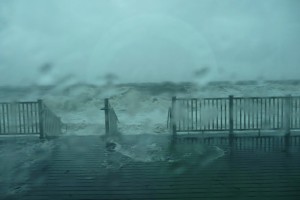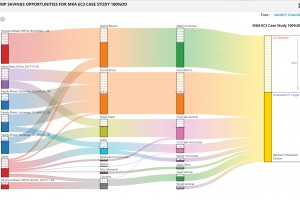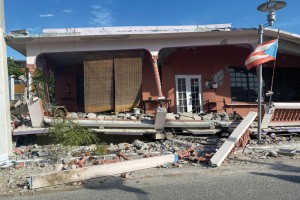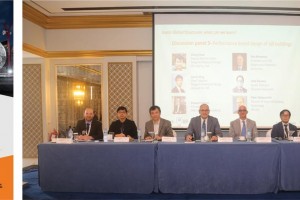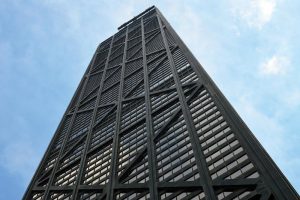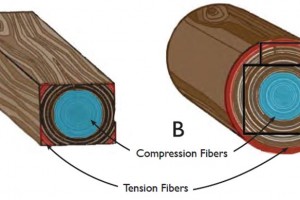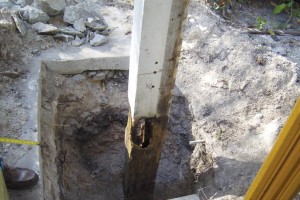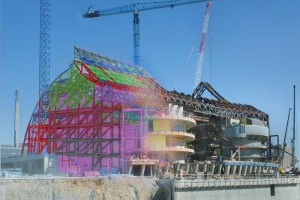Business Practice Tips for the Structural Engineer
Long before Cheryl’s “she-shed” was struck by lightning… my shed was destroyed by a rotted oak tree blown over during Hurricane Irene. My home and office were without power for several days. All the while, calls were coming in from clients to evaluate the damage to their buildings. Although I had been engineering structures in flood zones for many years by then, when you are personally and professionally affected by storm damage, it makes a lasting impact. …

